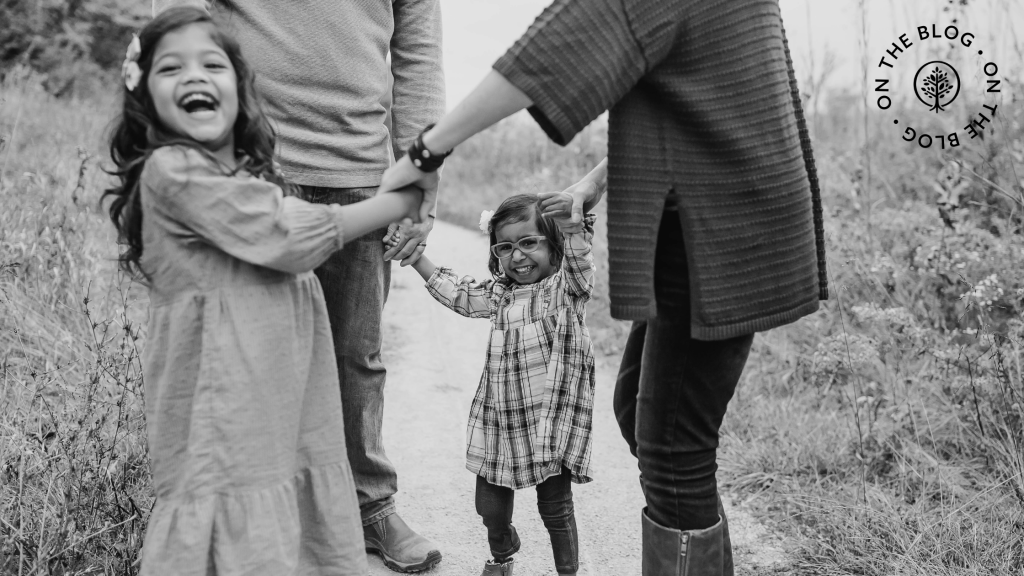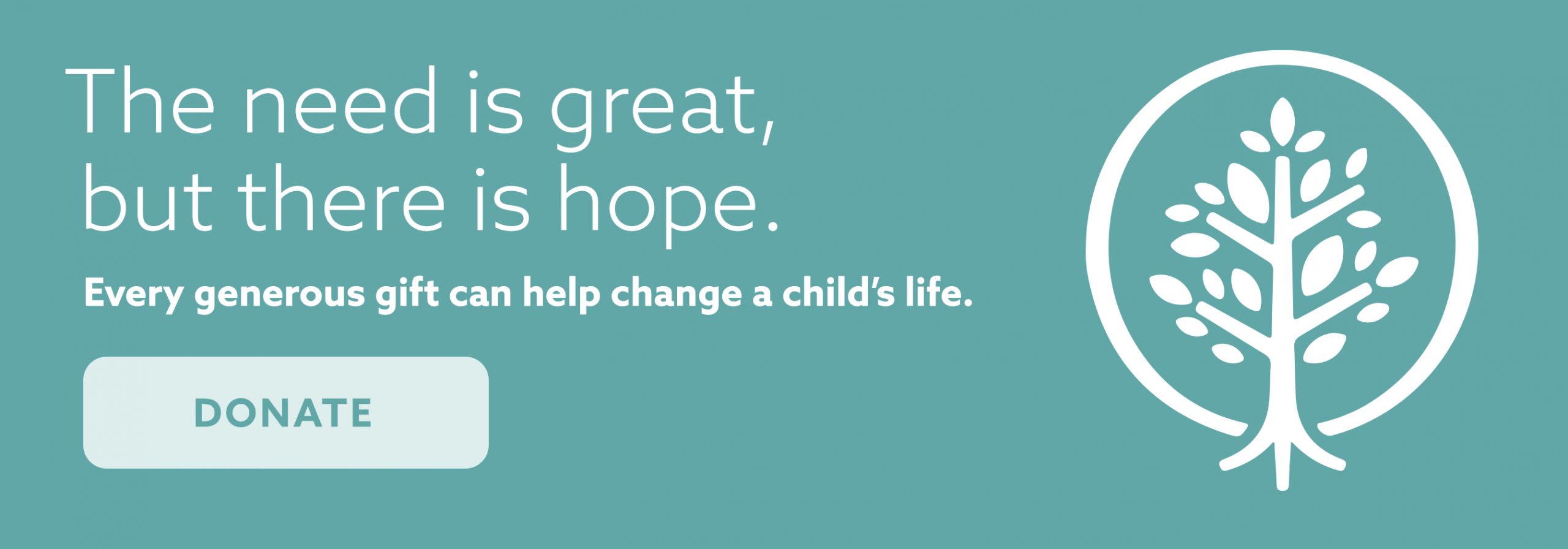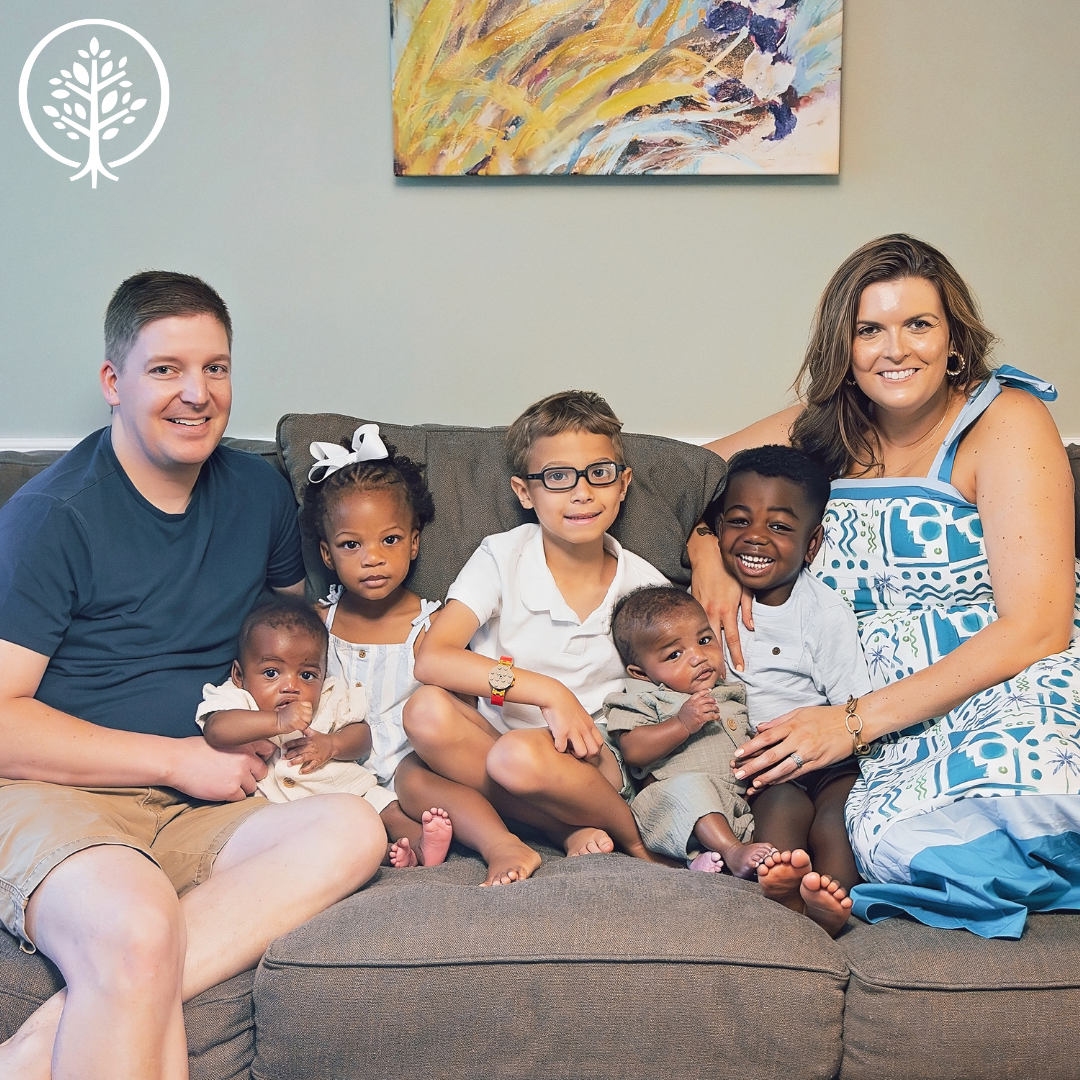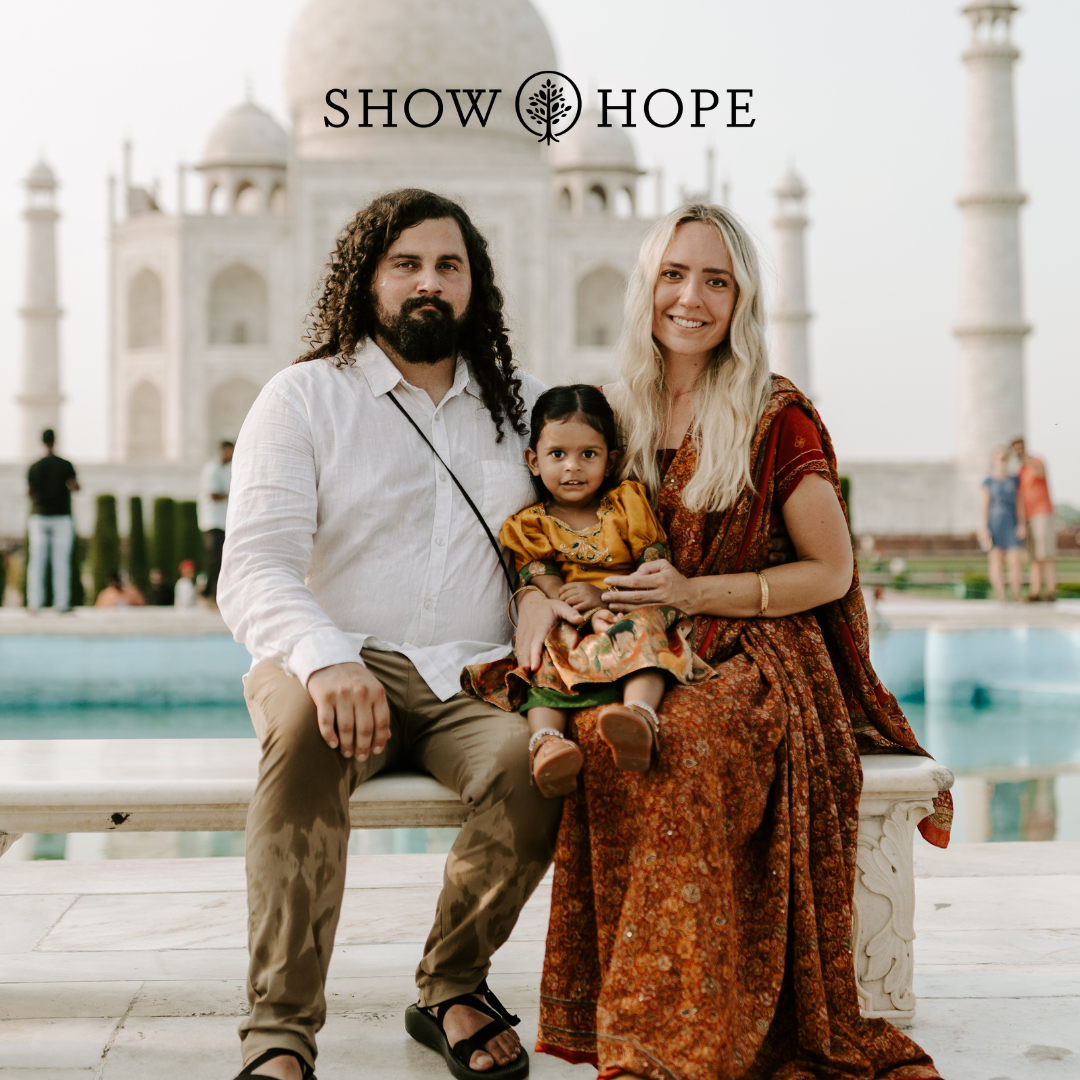The P.R.A.Y. Acronym

The P.R.A.Y. Acronym
With a desire to reflect God’s heart for children who are vulnerable, it is important to approach their care in a way that protects children’s best interests. With the wide range of factors contributing to children becoming orphaned, there are many avenues one could take to get involved, and one helpful tool in better understanding these avenues and issues is the P.R.A.Y. acronym:
Preservation
Reunification
Adoption
Youth Services
Preservation
First and foremost, we believe that God’s optimal plan is to keep families together. Many organizations provide resources labeled as Family Preservation or Family Strengthening. Programs like these will provide family therapy, parenting skills, family bonding, and family violence intervention programs. Examples of organizations that provide Family Preservation services are Camelot and Orphan Care Alliance.
Reunification
When efforts to keep a family together are not successful or when there are factors that lead to a family being separated before they receive help, children will often be placed into state custody. The goal for most of the children who enter state custody is to be reunified with their families of origin. Those children are often placed into temporary custody with another family, what we call foster care. Reunification efforts can happen within a matter of months, years, or never at all depending on the dynamics and issues faced by their family of origin. An example of an organization providing this type of care is Safe Families for Children.
Adoption
When Family Preservation and Reunification efforts have not been successful or are not viable options at all (for example, in the case of children who have lost both parents), Adoption is the next opportunity to provide family permanency for a child or children. The types of adoption have been elaborated elsewhere, which include both domestic (the child and adoptive parents share the same citizenship) and intercountry, or international, (the child and adoptive parents do not share the same citizenship). Examples of organizations serving children in this way include Show Hope, Lifeline Children’s Services, and Tennessee Kids Belong.
Youth Services
When the first three interventions mentioned above are not viable options for a child, some organizations will provide residential care for children until they age out of the system (typically age 18 but in some places age 21). These services are outside of parental care, but they provide for the very basic needs of a child until one of the other options becomes viable or until the child is forced to live in the world on their own. These services can also be offered to children who have significant needs that need to be addressed through short-term residential treatment like extreme behavioral issues, dangerous sexual behaviors, self-harm or harm of others, etc. Examples of organizations that serve children in this way include Tennessee Baptist Children’s Homes and Youth Villages.
While adoption can be a very good thing, it isn’t the only option—or always the best option—in the work of serving children.
Kate Johnson
“I love the P.R.A.Y. acronym! It puts the work of Show Hope into perspective and reminds us that Preservation and Reunification are the priority before the work of Adoption and Youth service ever begins,” Show Hope Senior Manager of Programs Kate Johnson said. “While adoption can be a very good thing, it isn’t the only option—or always the best option—in the work of serving children. I appreciate that Show Hope honors the dignity of every person, and the P.R.A.Y. acronym is a huge part of how we go about our work!”




